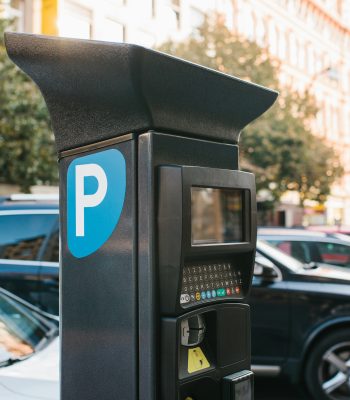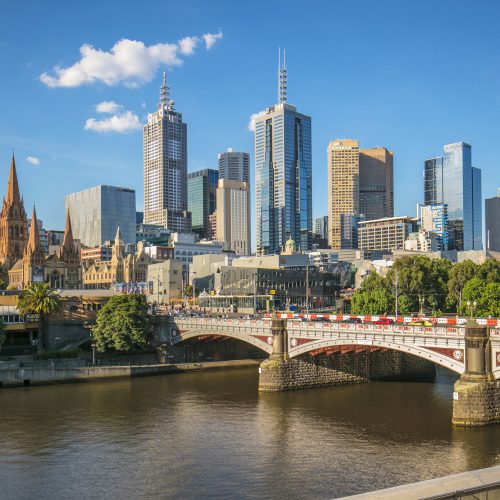Description
It is generally desirable for local governments to have the opportunity to raise their own revenue and set their own taxes. This is also a good way of achieving accountability and responsibility at a local level.
In addition, there is evidence suggesting that taxes are easier to collect when people can see that they are being used for local purposes. To ensure a degree of political and financial autonomy, it is important that local revenues go beyond the bare minimum needed to cover the municipality’s allocated service obligations, so that surplus funds can be used to finance investments or services at the discretion of the city administration. If a city relies too heavily on the national government, the city may be restricted in the way it spends funding, the extent of the spending, and the time it takes to use it. This, in turn, will affect the delivery of policies and programmes. Fundraising instruments or mechanisms that ensure adequate local revenues include (i) taxes and transfers, (ii) administrative or commercial fees and (iii) land-value capture.
Taxes and transfers: The opportunity to raise or receive tax revenues depends on the fiscal decentralisation in the country and primarily falls outside of the control of the local government. Such tax revenues are typically linked to local property, sales and business taxes or local personal taxes. It also includes “sharing” taxes between the nation and the region in the form of budgetary transfers from the national budget to local administrations.
Local administrative or commercial revenues: This represents funding that local authorities can influence to a larger degree, regardless of the country’s fiscal decentralisation. This normally happens through the way fees are set and the rigour with which they are collected. Administrative fees could include building permits or licensing for a wide range of activities such as operating certain business premises or motor vehicles. Municipal commercial revenues may include fees or tariffs for municipal services such as water, waste, heating and parking services or revenues from the letting out, or sale of, public land and public real-estate to private entities. Cost-reflective and consumption-based heat and water bills not only provide sustainable funding for the sector, but also promote resource efficiency. Therefore, it may be recommended to move utility services towards proper metering and fully cost-reflective tariffs while providing targeted support for low-income households (see policy option E4).
Local administrative and commercial revenues account for just over one-fifth of revenues in Sofia, Bulgaria, with 16 per cent of the annual budget in 2018 coming from municipal fees and 6 per cent from fines and penalties, income from asset ownership and sale of non-financial assets. Other key sources of revenue include 20 per cent in property and other taxes, 28 per cent in intergovernmental transfers and 21 per cent in EU funding.[1]
Land-value capture: There is a strong link between public investments, for example, in transport, and economic growth and property values, with new transport services such as train and metro stations typically increasing the accessibility, attractiveness and value of their surrounding areas. The benefits of public investment can therefore often be substantially captured by private individuals as an unearned windfall gain. This problem, in combination with public funding constraints, has led to the development of a variety of ‘land-value capture’ mechanisms in order to transfer some private financial benefits back to the public sector. These mechanisms may include:
- Direct development: The city transport authority makes direct purchases of land surrounding planned new transit stations and develops the land directly or in partnership with the private sector, making commercial returns through subsequent sale or lease (shops, commercial units, flats and so on). Examples include Network Rail station development programmes such as London’s Kings Cross St Pancras, or the Hong Kong Metro. This approach involves little complexity – it can be implemented by the city or transport authority directly – and is less controversial than some other mechanisms that may require imposing taxes on developers and existing businesses and residents. However, it may require significant upfront investment and financial risk for the city.
- Negotiated payments from developers: The city authority secures payments from local developers to fund infrastructure improvements associated with specific large developments, for example, the agreement between London and the Battersea Power Station developers to partly fund the Northern Line extension. This approach also involves little complexity – it can be implemented through direct negotiation between the city or transport authority and developers seeking planning consent.
- Zonal or city-wide tax increment: A zonal tax increment is a tax uplift or levy imposed by the transport authority and local government on commercial and/or residential properties set to benefit within a specified area around the site, to capture part of the windfall gains accruing to property owners. This increment could be applied to various taxes, for example, business rates, council tax or stamp duty. This approach is more complex as it is likely to require legal or tax reform and central political support for the increases in tax. Focusing on areas of benefit may reduce objections – but requires difficult decisions over boundaries. A city-wide tax increment avoids the boundary question and has the potential to raise very large sums to support strategic infrastructure investment, but may not provide sufficient targeting of areas that gain the most benefit (see, for example, the Community Infrastructure Levy for Crossrail in London).

Resource implications and key requirements
Setting and raising local tax revenues, whether as part of general taxes or as a form of land-value capture, requires adequate fiscal decentralisation and sufficient administrative capacity. This requires time and the development of significant resources. Increasing and collecting administrative fees for permits or end-user tariffs for utility services is less complex but requires political will and enforcement capacity.

Implementation obstacles and solutions
Fiscal decentralisation may be hampered by a lack of local administrative capacity and processes. Therefore, ensuring adequate local capacity and procedures is often an important first step. While fiscal decentralisation may take a long time to implement, local authorities can improve their financial position by raising funds through increased fees and commercial revenues. This also gives the local authorities the opportunity to experience and demonstrate their capacity to plan, budget and operate municipal infrastructure, and can subsequently help increase confidence among local and central authorities that further fiscal decentralisation is feasible.

References
[1] Sofia Municipality (2018), “Sofia Municipal Budget”, February 2018.














